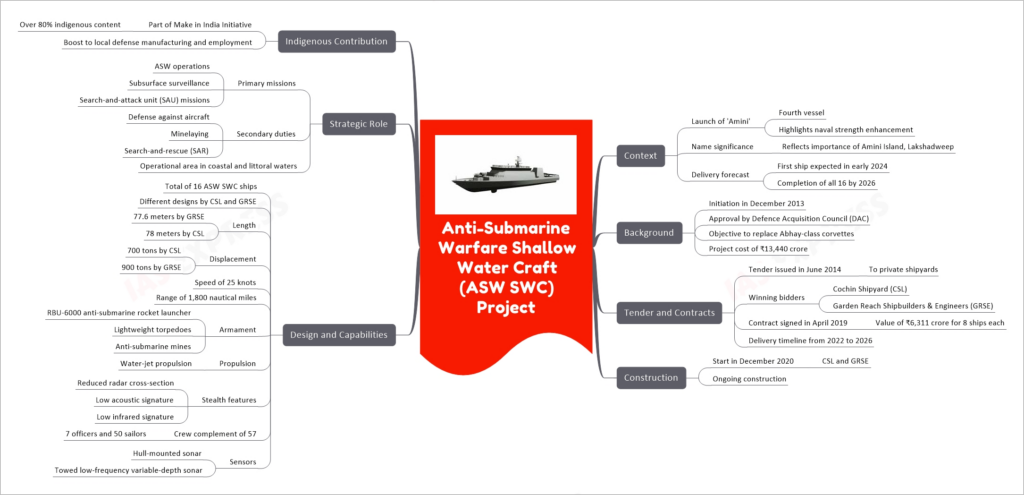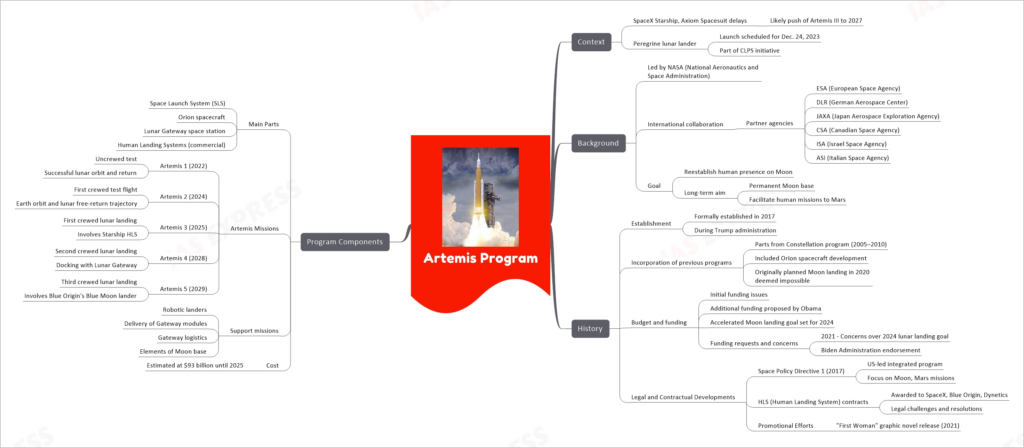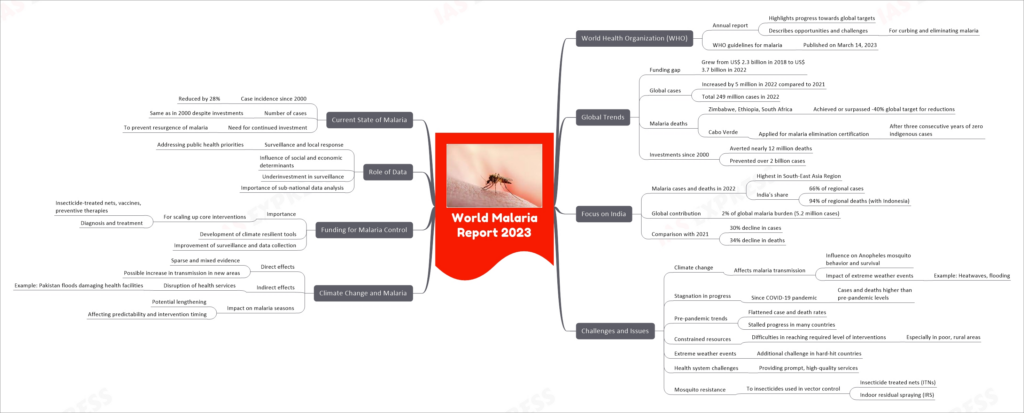[Newsbits] 1.12.2023 – Artemis Program, DIGI-PHARMed, Mars Odyssey Orbiter, ASW SWC Project & more

In recent developments of December 2023, the Artemis Program faces significant delays due to challenges with SpaceX Starship and Axiom Spacesuit, potentially pushing the Artemis III mission to 2027. This setback comes as NASA prepares for the Peregrine lunar lander’s launch under the Artemis program. The Artemis Program, spearheaded by NASA, is an international effort involving agencies like ESA, DLR, JAXA, CSA, ISA, and ASI. It aims to reestablish human presence on the Moon since the Apollo 17 mission in 1972 and envisions setting up a permanent base on the Moon to facilitate human missions to Mars. Initiated in 2017 during the Trump administration, the program integrates elements from previous NASA missions, including the Constellation program. Despite initial budget challenges and the impossibility of a planned 2020 Moon landing, additional funding and support were garnered, especially under the Obama and Biden administrations. Notably, Space Policy Directive 1 in 2017 and subsequent funding to SpaceX, Blue Origin, and Dynetics marked significant milestones in the program’s development. The Artemis Program comprises the Space Launch System, Orion spacecraft, Lunar Gateway space station, and commercial Human Landing Systems. It includes several missions: Artemis 1 (an uncrewed test in 2022), Artemis 2 (the first crewed test flight in 2024), Artemis 3 (the first crewed lunar landing, now potentially delayed to 2027), Artemis 4 (second crewed lunar landing in 2028), and Artemis 5 (third crewed lunar landing in 2029). Support missions integral to the program’s success include robotic landers, Gateway module delivery, and Moon base elements. The program’s projected cost is around $93 billion until 2025. As of December 2023, the Artemis Program faces a notable challenge with the potential delay of the Artemis III mission to 2027, mainly due to issues with SpaceX Starship and Axiom Spacesuit. Concurrently, the Peregrine lunar lander, part of the CLPS initiative, is scheduled to launch on December 24, 2023, signifying continued progress despite setbacks. While facing recent challenges and potential delays, the Artemis Program remains a pivotal endeavor in space exploration, aiming to extend human presence beyond Earth and laying the groundwork for future interplanetary missions. On December 1, 2023, the Pharmacy Council of India (PCI) unveiled a significant upgrade to the DIGI-PHARMed application, a pivotal move towards the digitization and regulation of pharmacy education in India. DIGI-PHARMed, launched by the Pharmacy Council of India (PCI), represents a crucial step in regulating pharmacy education across India. This application, specifically tailored for pharmacists, pharmacy institutions, students, and jobseekers, aims to streamline and digitalize the entire registration and educational process. The most recent update to DIGI-PHARMed, announced on December 1, 2023, marks a significant enhancement in its features and functionalities. This revamped version is designed to further simplify processes and provide more comprehensive services to its users. The revamped DIGI-PHARMed application signifies a transformative step in the digitalization of pharmacy education and professional services in India, reflecting PCI’s commitment to advancing the pharmacy sector through technological integration. The Mars Odyssey Orbiter, launched on April 7, 2001, and arriving at Mars on October 24, 2001, is NASA’s longest-lasting spacecraft at Mars. Its primary mission, which lasted from February 2002 to August 2004, was focused on creating the first global map of Martian chemical elements and minerals, and it continues to operate in an extended mission capacity. The Odyssey Orbiter also serves as a communications relay for various Mars rovers and landers, including the Mars Exploration Rovers “Spirit” and “Opportunity,” the Mars Phoenix lander, and the Mars Science Laboratory’s Curiosity rover. This capability is crucial for selecting potential landing sites and transmitting data from the Martian surface. In a significant achievement, the Odyssey’s THEMIS camera captured a stunning view of the Mars horizon, an operation that took three months to plan. This view, from about 250 miles above the Martian surface, is akin to the view from the International Space Station of Earth. Captured on May 9, 2023, the image is a false color composite, highlighting water-ice clouds and dust in the Martian atmosphere. Arizona State University (ASU) leads the operations for Odyssey’s THEMIS camera, which has provided a new perspective for Mars scientists, similar to astronauts’ experiences when viewing Earth’s curvature from the ISS. Over two decades, the Mars Odyssey Orbiter has made significant contributions to our understanding of Mars: The Mars Odyssey Orbiter, a testament to human ingenuity and the quest for knowledge, continues to expand our understanding of Mars, from its surface composition and water ice deposits to the mysteries of its moons. As it enters its 22nd year at the Red Planet, its ongoing mission remains a cornerstone of Mars exploration, providing vital data that will shape future missions and our understanding of our celestial neighbor. The World Malaria Report 2023, published by the World Health Organization (WHO), presents a comprehensive picture of the global state of malaria. It highlights significant progress made in some regions, but also underscores the challenges posed by climate change, funding gaps, and the ongoing impact of the COVID-19 pandemic on malaria control efforts. The Northeast Frontier Railway (NFR) of India has implemented an innovative initiative known as ‘Plan Bee’ to prevent elephant casualties on railway tracks. This initiative has been recognized for its effectiveness in reducing the number of elephant deaths due to collisions with trains, a problem that has been prevalent in several parts of the country. This article aims to provide a comprehensive analysis of the ‘Plan Bee’ initiative, discussing its implementation, effectiveness, and potential implications for wildlife conservation. The ‘Plan Bee’ initiative was adopted by the NFR in 2017 in response to the increasing number of elephant deaths on railway tracks. The initiative involves the use of a device that broadcasts the sound of swarming honeybees, a natural deterrent for elephants. The device, which costs about Rs 2,000, is installed at level crossings in areas prone to accidents involving elephants. The ‘Plan Bee’ initiative has had a significant impact on reducing elephant casualties on railway tracks. The ‘Plan Bee’ initiative serves as a model for innovative, cost-effective, and non-invasive methods for wildlife conservation. It demonstrates how understanding and leveraging the natural behaviors of animals can contribute to their protection. The ‘Plan Bee’ initiative by the Northeast Frontier Railway is a testament to the power of innovative, locally-adapted solutions to conservation challenges. By leveraging the natural behaviors of elephants, the initiative has effectively reduced the number of elephant casualties on railway tracks. As human activities continue to encroach on wildlife habitats, initiatives like ‘Plan Bee’ offer a model for mitigating human-wildlife conflicts in a humane and non-invasive manner.Introduction
Background of the Artemis Program
Historical Context
Program Components
Recent Developments
Conclusion
Introduction
DIGI-PHARMed Overview
Recent News and Developments
Conclusion
Overview
Instruments
Communications Relay
Recent News (November 2023)
THEMIS Operations
Achievements and Contributions
Mapping Martian Ice
Understanding Mars’ Composition
Ensuring Safer Landings
Communications Relay Role
Study of Martian Moons
Conclusion
Introduction
World Health Organization’s Role
Global Trends in Malaria
India Trend
Challenges and Issues
Climate Change and Malaria
Funding for Malaria Control

Recent Developments (as of November 2023)
Background
Tender and Contracts
Construction
Design and Capabilities
Strategic Role
Indigenous Contribution
Introduction
The Genesis of Plan Bee
The Impact of Plan Bee
Plan Bee: A Model for Wildlife Conservation
Conclusion
If you like this post, please share your feedback in the comments section below so that we will upload more posts like this.





